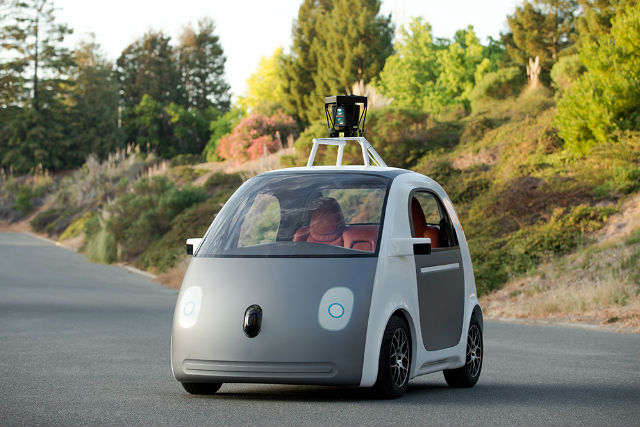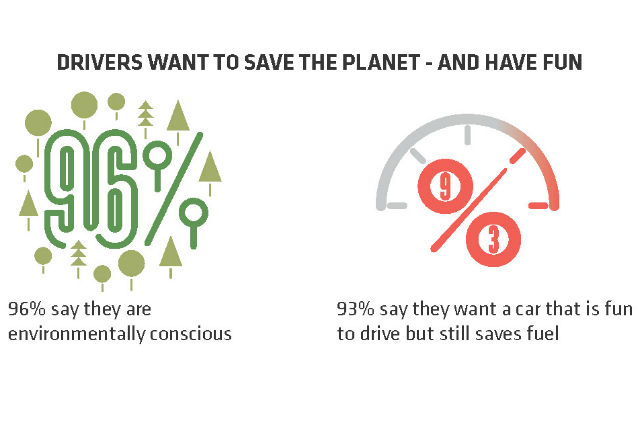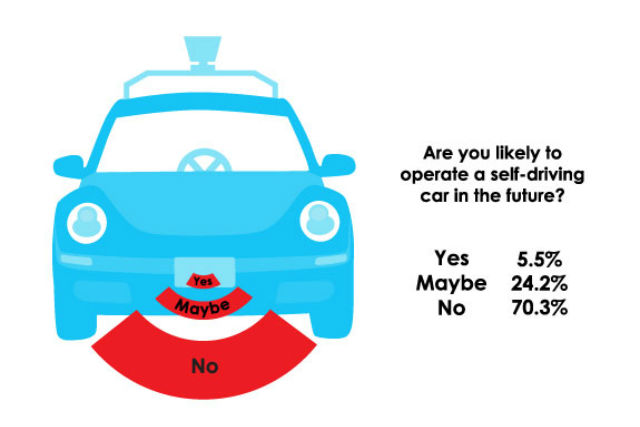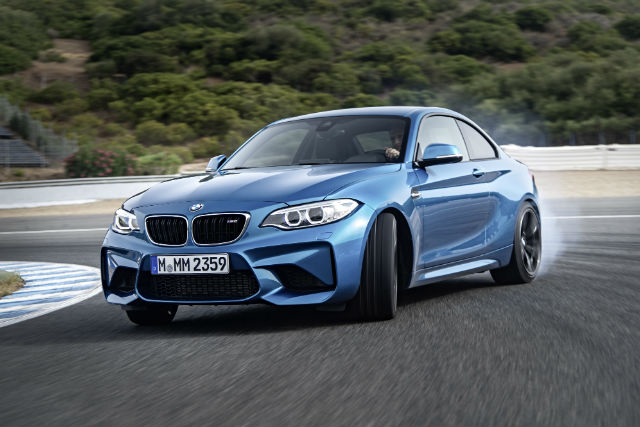“The end is nigh,” so seemingly cries every automotive and tech journalist the world over, clutching their key fobs close against their chests for fear a driverless car, cold, mechanical and unfeeling, will soon arrive to snatch them from their fleshy fists.
Autonomous vehicles, we’re told, will be the hammer that strikes the final nail in the coffin for the recreational motorist. Robotic cars, full of electronic nanny systems and gizmos designed for the express purpose of stopping you from having any excitement whatsoever will soon delete the joy from the roads like a Word document tossed in the recycle bin.
“Fun?!” the computer will ask. “Sir would like to have… fun!?” it will jibber to itself before, presumably, starting to smoke from its motherboard and crashing itself into the nearest DVLA test centre because autonomous vehicles and regular cars cannot exist in the same world, right?
“The end of cars is coming,” likewise screams the headline of an article published on The Guardian’s website today, like some crackpot street preacher with his picket sign and urine-sodden pants. Except, well, it isn’t.
First, let’s look at the facts. According to statistics released last year by the US Department of Transportation, more than 90 per cent of road traffic incidents are caused by human error.

Do people actually want driverless cars?
The idea is that by replacing accident-prone humans with an automated robotic pilot, the number of incidents, injuries and fatalities will be dramatically reduced. And that’s a good idea.
Likewise, driverless cars could have all sorts of beneficial impacts on everyday life, from reducing the number of unused cars that choke up parking spaces and roadways to providing more vulnerable members of society, like the elderly, with transport and independence. Again, that’s understandably applaudable.
Here’s what’s also a fact. A recent survey conducted by the World Economic Forum in conjunction with the Boston Consulting Group showed that 58 per cent of global drivers would be at least willing to try a driverless car. Here in the UK, that figure stands at 49 per cent.
Of those, exactly a quarter of those surveyed said that they’d be “very likely” to use an autonomous vehicle. Given that there are around 30 million drivers on British roads according to RAC estimates, that’s about seven and a half million people willing to buy autonomous cars.
It also leaves around 22.5 million people in Britain alone who would probably rather just drive themselves. There are more than a billion drivers in the world as of 2011, if the World Economic Forum’s figures are accurate. Of the 29 per cent of those who said they would definitely have a driverless car, then that still leaves north of 710 million very human beings who’d prefer a steering wheel and a set of pedals.

'Golden age' for car enthusiasts
Likewise, an infographic from engineering group GKN released today collated data from 1,002 drivers who were quizzed on what they considered to be the most important aspects in a car. A total of 93 per cent of the respondents said that they desired a car that was fun to drive, which is a characteristic that’s hard to imagine you’d get from a jumped-up Roomba.
Classic car insurance firm Adrian Flux also ran a survey of 1,784 motorists on whether or not they'd use a driverless car. Of those, more than 70 per cent said that they wouldn't, and even though Adrian Flux's customer base might be a little biased, it's still a fairly significant finding.
All said and done, perhaps the strongest evidence of the absolute lunacy of the Cult of the Driverless Apocalypse can be seen if you’d just bother to have a poke around a dealership forecourt or a nosey through some brochures.
There are few other periods in automotive history, perhaps none at all, in which there has been so much on offer for us flesh, bone and blood petrolheads. Make no mistake about it, we’re living in a golden age of powerful, engaging and affordable enthusiasts’ cars.
Take, for example, the new BMW M2, a 370 horsepower Bavarian-engineered weapon that’s been described in no uncertain terms by one reviewer as “a blockade against the creeping spread of soulless technology”.
You’ll find no driverless anything here; no autonomous gubbins, just a straight-six turbocharged engine, rear wheel drive and a gaping scowl at the front that bares its teeth at the notion of foppish driverless pods designed to be as bland and insipid as possible.

Semi-autonomous features
Or what about Ford’s raucous new Focus RS? Clad in a monstrously exaggerated bodyshell and with a face full of intercooler, this four-wheel drive ASBO is capable of tearing its way from 0-62mph in under five seconds. It even features a mode designed specifically to help you hold the sorts of physics-defying drifts that would make Ken Block blush, for Christ’s sake.
You can also buy a new Mazda MX-5, the world’s most popular two-seater roadster, which is now better than ever. Or how about a brand-new Mustang, which comes with its V8 intact and with its steering wheel on the correct side for the first time in half a century?
None of that taking your fancy? Well then how about one of the many upcoming models slated for release later this year, like the new Honda NSX or the 911 R, a proper 911 with a proper manual gearbox? Clearly, cars for those of us who enjoy them are going nowhere and to suggest otherwise is frankly ridiculous.
Yes, increasing amounts of passenger and family cars now feature semi-autonomous technology, which can assist their frail human pilots with everything from braking in an emergency to parallel parking. Some of these are even now starting to come as standard across model ranges, while others are pushing the boundaries further like Tesla’s much-publicised ‘Autopilot’ mode.
There’s no doubt that autonomous features and driverless cars will have all sorts of benefits, but the notion that robotic cars and those driven by regular people can’t co-exist is more questionable. Robotics and AI experts routinely say that programming driverless cars to get along with human drivers is a hard task, but there was a time when heavier-than-air flight was claimed to be an impossibility.

The end of the car?
The technology is still firmly in its infancy, and who knows what shape it will take in the coming years? But if scientists can literally create matter from thin air, creating autonomous vehicles that can adapt and find their place in a pre-existing infrastructure rather than wiping it clean and remaking it in their own image should be a cakewalk. Granted, that's a bit like comparing apples and oranges, but still.
So is the seemingly unstoppable march of safety-related technologies the death knoll for the car as we know it, driven by a person rather than a computer? Don’t believe the hype, because the answer is almost certainly no.
After all, the automobile replaced the horse and carriage as the primary method of personal transport, but people still ride horses don’t they? Horses, in all their unpredictable, temperamental and potentially dangerous glory are still used by plenty of people who know full well that a metal box with four rubber wheels is a much safer option.
People still ride horses, and they still race them too. They still launch them over fences, across fields and up and down roads. There are still all sorts of horse-related sports and, unless you live somewhere very remote indeed, it’s likely you live no further than a handful of miles from an equestrian centre. People do it because they enjoy it.
The automobile might have largely replaced the horse, but has it made them extinct? Of course not. Will driverless vehicles mean the end of cars? Same answer.



